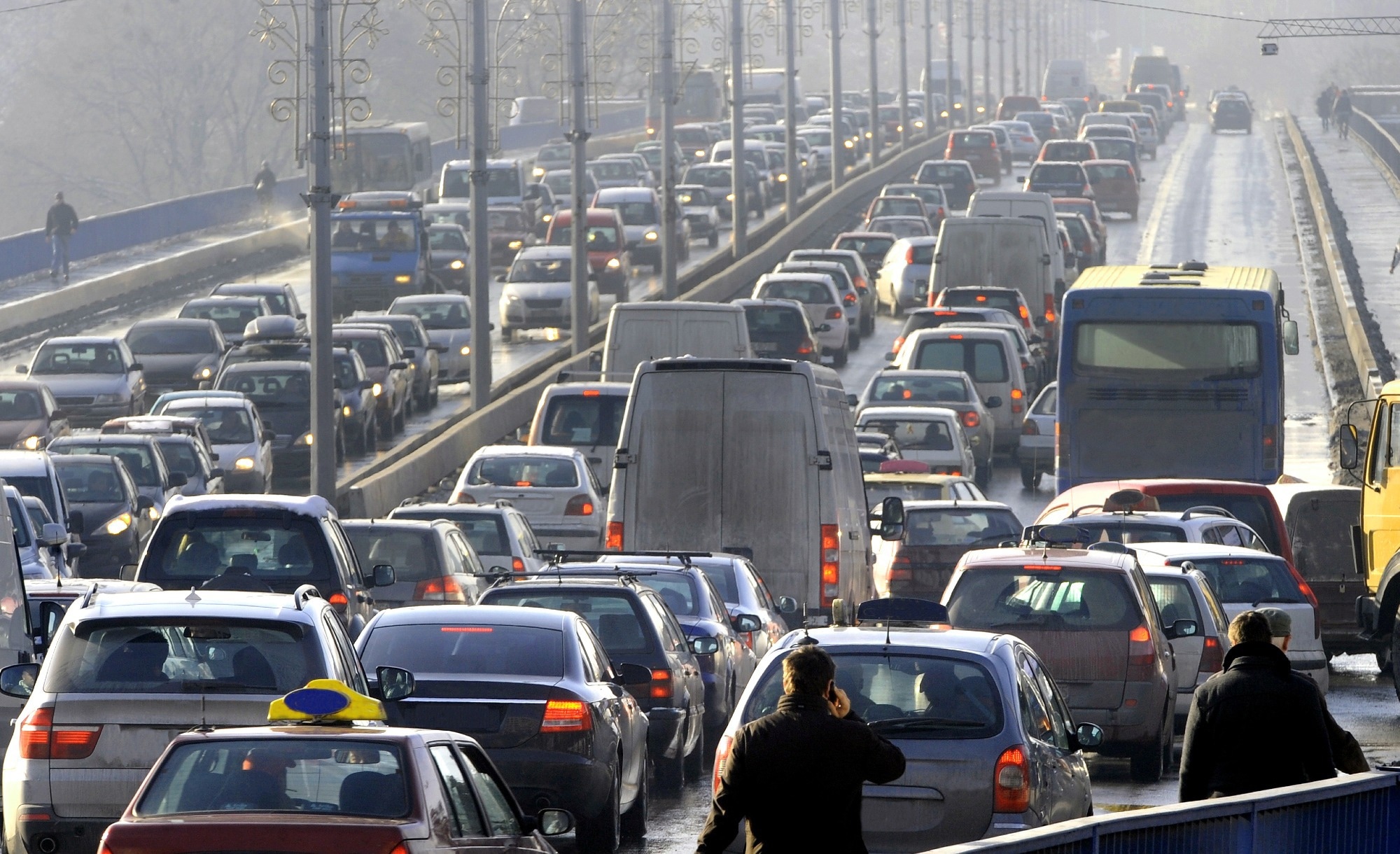In a recent study published in the Canadian Journal of Cardiology, researchers assessed the association between cardiovascular disease and transportation noise.
 Study: Too loud to handle?: transportation noise and cardiovascular disease. Image Credit: bibiphoto/Shutterstock
Study: Too loud to handle?: transportation noise and cardiovascular disease. Image Credit: bibiphoto/Shutterstock
The number of studies indicating adverse health impacts as a result of traffic noise is on a steady rise, with cardiovascular diseases (CVD) such as ischemic heart disease, arrhythmias, stroke, and heart failure being the most prevalent. Pathophysiological studies have revealed that nighttime noise can result in sleep disturbances, such as too short sleeping periods and frequent interruptions of sleep, resulting in an elevation in circulating stress hormone levels and, subsequently, a remarkable increase in the generation of reactive oxygen species (ROS) and inflammation within the vasculature as well as the brain. As a result, vascular dysfunction and arterial hypertension may raise the risk of cardiovascular disease.
The relationship between noise and arterial hypertension
Several studies have assessed the impact of noise on blood pressure since noise leads to mental stress reactions. Over 35 cross-sectional studies have found an elevated risk of 1.05 for hypertension due to road traffic noise. Subsequent studies yielded contradictory results, so the WHO panel considers the evidence supporting this link to be "very low."
The connection between noise and hypertension found was higher with respect to nighttime noise than daytime noise. Another study found a correlation between aircraft noises and night and prevalent hypertension. On the other hand, no correlation was observed between daytime aircraft noise and blood pressure in patients with pre-existing coronary artery disease, which is consistent with nighttime noise events impacting endothelial function and arterial stiffness.
Noise and ischemic heart disease
Research has found a substantial correlation between road, aviation, and railway noise with ischemic heart disease. Yet, the majority of experts have evaluated the quality of the evidence as low or extremely low. The strongest relationship was found between ischemic heart disease incidence and road traffic noise. Other noise studies have since established a link between aircraft noise and cardiovascular illness and even acute fatality.
Furthermore, the greatest noise exposure group was substantially correlated with mortality for all CVD-related causes. Ischemic heart disease, heart failure, arrhythmia, and myocardial infarction displayed the strongest and most consistent relationships. Associations were stronger for females, persons living in locations with low railway and road background noise, and those residing in pre-1970 buildings. Studies have also derived a population-attributable proportion of 3% of the research population and concluded that nocturnal aircraft noise can cause acute cardiovascular mortality.
Noise and endothelial dysfunction
The endothelial function is a biomarker for subclinical atherosclerosis which is typically noted in patients with cardiovascular risk variables like arterial hypertension, hypercholesterolemia, chronic smoking, oxidative stress, and diabetes. The elevated stress hormone levels by factors like noise are typically accompanied by evidence of the increased generation of vascular ROS as well as enhanced inflammation defined by elevated levels of infiltrating macrophages and cytokines like IL-6.
To determine whether transportation noise can affect endothelial function, the team examined the effects of nocturnal airplane noise on flow-mediated dilation (FMD) in healthy participants. Healthy subjects exposed to overnight aircraft noise had poor sleep quality, higher stress hormone levels, endothelial dysfunction, and shortened pulse transit time. Effects of nighttime airplane noise on endothelial dysfunction in participants with preexisting coronary artery disease were even worsened. In reaction to nighttime railway noise, substantial endothelial dysfunction was observed as well. Endothelial dysfunction caused by airplane and railroad noise responded favorably to the antioxidant vitamin C, indicating that oxidative stress is the underlying mechanism.
Noise and cardiovascular side effects
Due to eNOS uncoupling, the noise boosts eNOS expression but decreases vascular nitric oxide (NO) levels. The noise increased the amounts of nitrotyrosine, interleukin (IL)-6, the nicotinamide adenine dinucleotide phosphate (NADPH) oxidase subunit (Nox2), nitrotyrosine-positive vascular proteins, and endothelin-1 in the bloodstream. Flow cytometry revealed an increase in natural killer cells and neutrophils infiltrating the vasculature.
Conclusion
The study findings showed that transportation noise may be a significant cardiovascular risk factor. Noise induces endothelial dysfunction, inflammation, oxidative stress, disruption of the vascular and cerebral circadian rhythm, and downregulation/decoupling of the neuronal NO synthase in humans. Future research will determine if conventional cardiovascular drugs, like angiotensin 1 receptor blockers (AT-II type 1) statins, angiotensin-converting enzyme inhibitors, antioxidant enzyme mimetics, or heart-healthy city design with the incorporation of more greenery, can effectively mitigate the adverse health effects of noise.